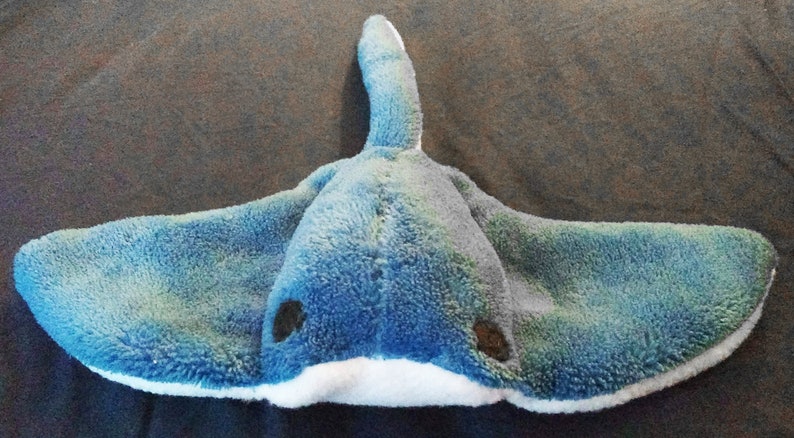

There are several morphological and behavioural differences that distinguish the species apart. Manta Rays are capable of jumping out of water.In 2009, scientists established that there are at least two distinct species of manta ray the giant oceanic manta ( Mobula birostris), and the reef manta ( Mobula alfredi).Manta Rays have complex feeding maneuvers that involve other specimens.Manta Rays have the biggest brain-to-body ratio of any cold-blooded fish.The biggest known Manta Ray was 5,000 lbs and had a span of 30 ft.A wound that is irreversibly damaged can be caused by a loose, trailing line that wraps around and cuts its way into its tissue. Mantas frequently attempt to escape when ensnared by somersaulting, which causes them to become more entangled. Mantas are unable to swim backward and are vulnerable to becoming entangled in fishing lines and nets due to their prominent cephalic fins. This is because they must move continuously to flush oxygen-rich water over their gills. Manta Rays are susceptible to entanglement, which can lead to asphyxia. Overfishing is the biggest threat to Manta Rays, alongside other human influences experienced by Manta Rays. Additionally, parasitic threats may be present. Large sharks, orcas, and fake killer whales may prey on Mantas. When Manta-Ray pups are born, they resemble a miniature version of adults yet are capable of surviving on their own right away. Manta Rays deliver live offspring after a roughly 12- to 13-month gestation period.
GIANT MANTA RAY STUFFED ANIMAL FULL
A full moon may launch the mating process, which appears to be started by a male trailing a female closely before semen is deposited in a complex maneuver.Īt the ages of 8 to 10, female Manta Rays reach sexual maturity and typically give birth once every two years to one or occasionally two Manta pups. In different areas of the Manta’s habitat, mating occurs at various times of the year. The area with the biggest population is said to be Ecuador, where they may be found in areas like the Galapagos Marine Reserve and Machalilla National Park. They are divided into numerous modest communities. They can be found in every ocean on the globe. Manta Rays frequently frequent the same sites on an individual basis. Manta Ray as seen from below, note the dark spots on its bottom At cleaning stations, Manta Rays remain motionless for a few moments while cleaner fish extract pests and necrotic skin. Manta Rays frequently visit cleaning stations, places on coral reefs where other marine life congregates to be groomed by smaller organisms. The only time giant Manta Rays are found together is when they are feeding. Manta Rays employ a variety of strategies for feeding more effectively, including “piggie backs” and “chain feeding.” For optimal filter feeding, Manta Rays, in particular, may congregate together in groups of 100 to 150, creating a swirl like a cyclone. The tissue between the gill arches collects tiny particles during filter feeding. Mantas that are actively foraging flatten their cephalic fins to direct prey into their jaws. Mantas eat tiny to medium-sized fish at greater depths. They ingest a lot of zooplankton at the surface, including shrimp, krill, and crabs. Manta rays are both macro predators and filter feeders. Manta Rays can look intimidating due to their size however, they are not ferocious. The huge Oceanic Manta Ray may weigh thousands of pounds and have a wingspan that can reach a length of 15 ft.

On their bellies, they feature characteristic spot markings. While some are virtually all black, others feature chevron coloration, with black back sides and white abdomen. Its head has two cephalic lobes that protrude from the front, earning it the nickname “demon fish.” Manta Rays come in two colors kinds. Manta Rays have broad, flattened, diamond-shaped bodies and triangle pectoral fins on each side of their bodies, which, as they move, look similar to wings. Mantas get their name from a hybrid of Portuguese and Spanish words that translate to “blanket”, referencing the wide flat appearance. The most notable is the Giant Oceanic Manta Ray for its worldwide range and size, while the Reef Manta Ray is smaller and can be found in the Indo-Pacific. However, researchers found two separate species: Manta Alfredi known as the Reef Manta Ray, and Manta Birostris known as Giant Oceanic Manta Ray.

For many years, researchers believed there was just one type of manta ray. Manta is the scientific designation for Manta Rays.


 0 kommentar(er)
0 kommentar(er)
